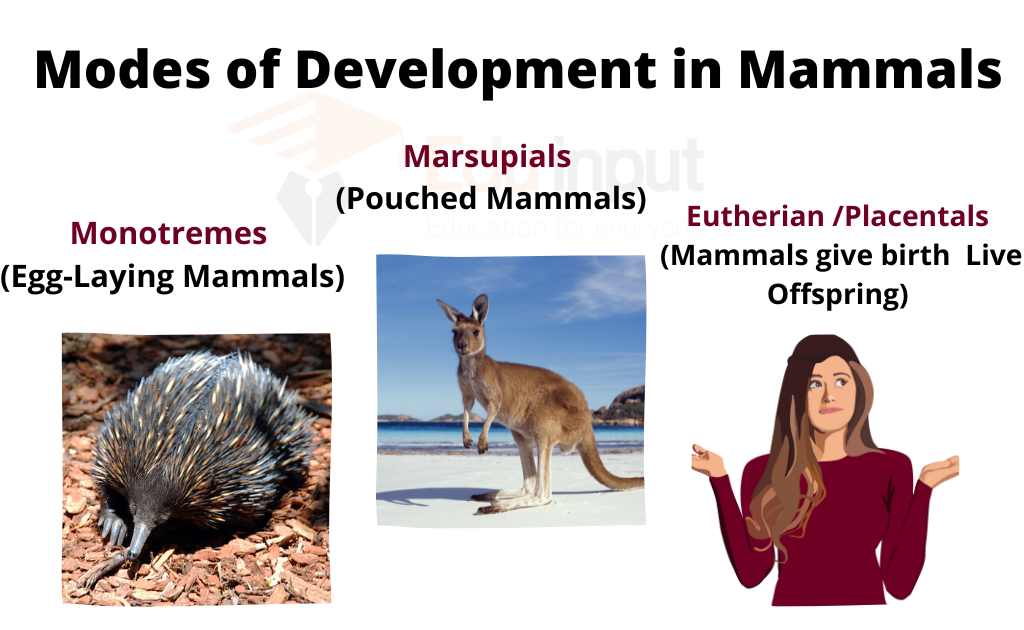Phylum Porifera-Characteristics, Examples, and Importance
The word Porifera means “bearing fruit” or “producing offspring”. This group of animals includes sponges, corals, sea squirts, jellyfish, and octopuses. They are also known as Cnidaria because they produce stinging cells called cnidae.
They are invertebrates that lack a backbone or central nervous system. Sponges are filter feeders, meaning they take in water through their pores.
Word Porifera is derived from porus ‘pore’ and ferra ‘to bear’. The Porifera are pore-bearing animals, commonly called sponges. All animals are aquatic. Out of a total of 5000 species, 150 species live in freshwater while all other species are marine.
General Characteristics Of Sponges
They show the following general characteristics;
Body organization of Sponges:
These animals are multicellular There is no tissue organization, So they have no organs.
2. Symmetry of Sponges:
Sponges lack symmetry.
3. Body wall:
The body wall of most sponges has formed of two layers;
a) Pinacoderm: It is the outer layer. It is made up of cells called pinacocytes.
b) Choanoderm: It is the inner layer. It is made up of flagellated cells called Spicules.
4. Mesenchyma:
Gelatinous matter present between the two layers is called mesenchyma. This mesenchyma contains amoeboid cells and spicules (skeleton) or spongin fibers
5. Size of Sponges:
The size of sponges may be from a few millimeters wide to more than one meter tall. Thus sponges are macroscopic. They can be seen with the naked eye. Scolymastra-Roubini is a barrel-like glass sponge of Antarctica. It is more than a meter tall.
6. Inner Cavity Spongocoel:
There is a single cavity inside the body called a spongocoel. The spongocoel may be divided into flagellated chambers or canals. These canals or chambers are lined by flagellated choanocytes.
7. Pores in Sponges:
Numerous pores are present in the body wall. There are two types of pores;
Ostia: The pores through which water enters the body are called Ostia.
Osculum: The pore through which water leaves the body is called Osculum.
8. Respiratory And Circulatory Organs Of Sponges:
There are no respiratory or circulatory organs in them.
9. Nutrition in Sponges:
The sponges are sessile. Therefore, they depend on water currents for food. The movement of water current within the spongocoel takes place by the flagella of choanocytes.
The 20%-food of sponges are small animals, zooplankton (floating microscopic animals), plants, and phytoplankton 80% of their food consists of decomposed organic particles Food enters the spongocoel through Ostia. The flagellated choanocytes ingest this food from spongocoel.
10. Excretion of Sponges:
The waste products directly diffuse out of the body wall or are removed.
11. Locomotion of Sponges:
The sponges are stationary. They remain attached to the rock or other solid object at the bottom. Their larvae can move.
12. Nervous System Of Sponges:
There is no definite nervous system in them. However, some neurosensory and neuron cells are present. These cells coordinate the flow of water.
13. Skeleton of Sponges:
The skeleton is composed of spicules. The spicules are differently shaped needle structures. They may be
• Calcareous (made up of CaCO3)
• Siliceous (silica or sand).
• Spongin fibers: The bathe sponge has a skeleton of sponging fibers. The skeleton is present among the pinacocytes. It is also present around the osculum and Ostia. Skeleton provides support to the body.
14. Reproduction in Sponges:
Sponges reproduce both asexually and sexually.
a) Asexual reproductions: Asexual reproduction takes place by budding. The bud may be external or internal. The internal bud is called a gemmule. Bud develops into a new sponge.
b) Sexual reproduction: Some species of sponges reproduce sexually. Sponges are mostly hermaphrodite and protandrous. In protandrous, male sex cells develop first. In some sponges the sexes are separate.
The sperm are released in the water. They enter the spongocoel and are carried to the egg by amoeboid cells. Fertilization occurs in the mesenchyma and a zygote is formed. The embryo passes through blastula and larval stages during its development.
15. Examples of Sponges:
a) Sycon: It is a typical marine sponge.
b) Leucoselenia: It consists of a group of erect tubes.
c) Euplectella: It is a beautiful and delicate sponge. It is commonly called the Venus flower basket.
d) Spongilla: It is a freshwater sponge.
Importance Of Sponges
It is made up of a glassy framework. Man uses the skeleton of sponges for washing and bathing. Many artificial sponges have been made from synthetic materials. But still, there is much demand for natural sponges. It is an important industry in many parts of the world.
The best commercial sponges are found in the warm water of the Mediterranean Sea Sponges have a great capacity to absorb water. So they are used in surgical operations for absorbing fluid and blood. Sponges are also used for sound absorption in buildings




Leave a Reply